HCCI SkyActiv-X
TOP 10 an amazing Engines


Autocar samples lean burn compression ignition engine that promises greatly improved efficiency
the promise of up to 30% improvement in fuel consumption over the existing Skyactiv-G petrol.
That figure is said to be possible during low-speed driving, but the company claims that 20% is also possible in average real world driving scenarios. The target outputs for when the engine hits the market in 2019 is 187bhp and 170lb ft.
A conventional internal combustion engine mixes air with fuel at a ratio of 14.7:1, the perfect mixture to burn petrol in the cleanest possible way. Fuel is ignited by a spark inside the engine’s combustion chamber and burns progressively until it is used up in a split second. A leaner mixture can improve economy, but can be more difficult to ignite and leads to faltering combustion.
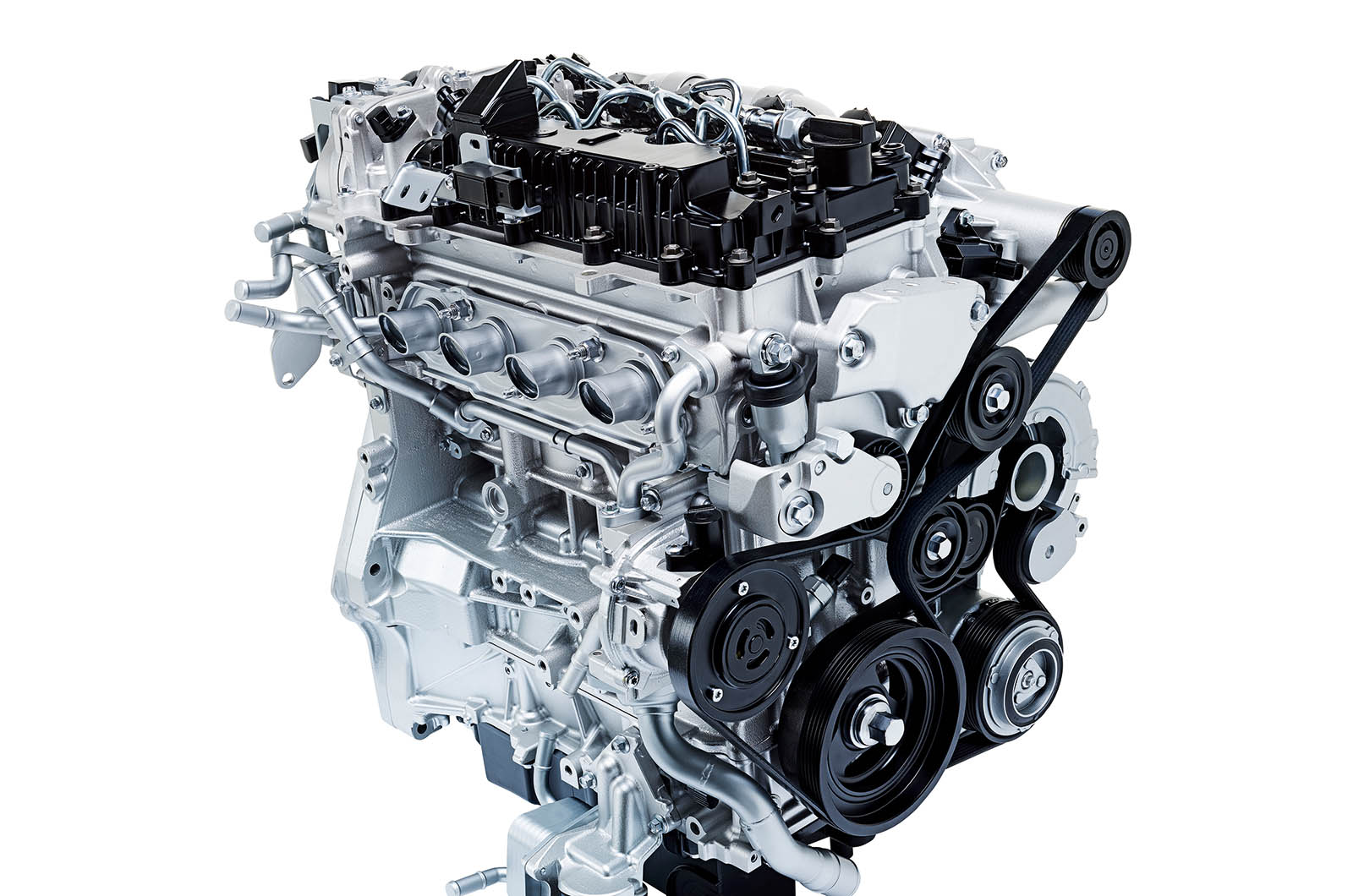
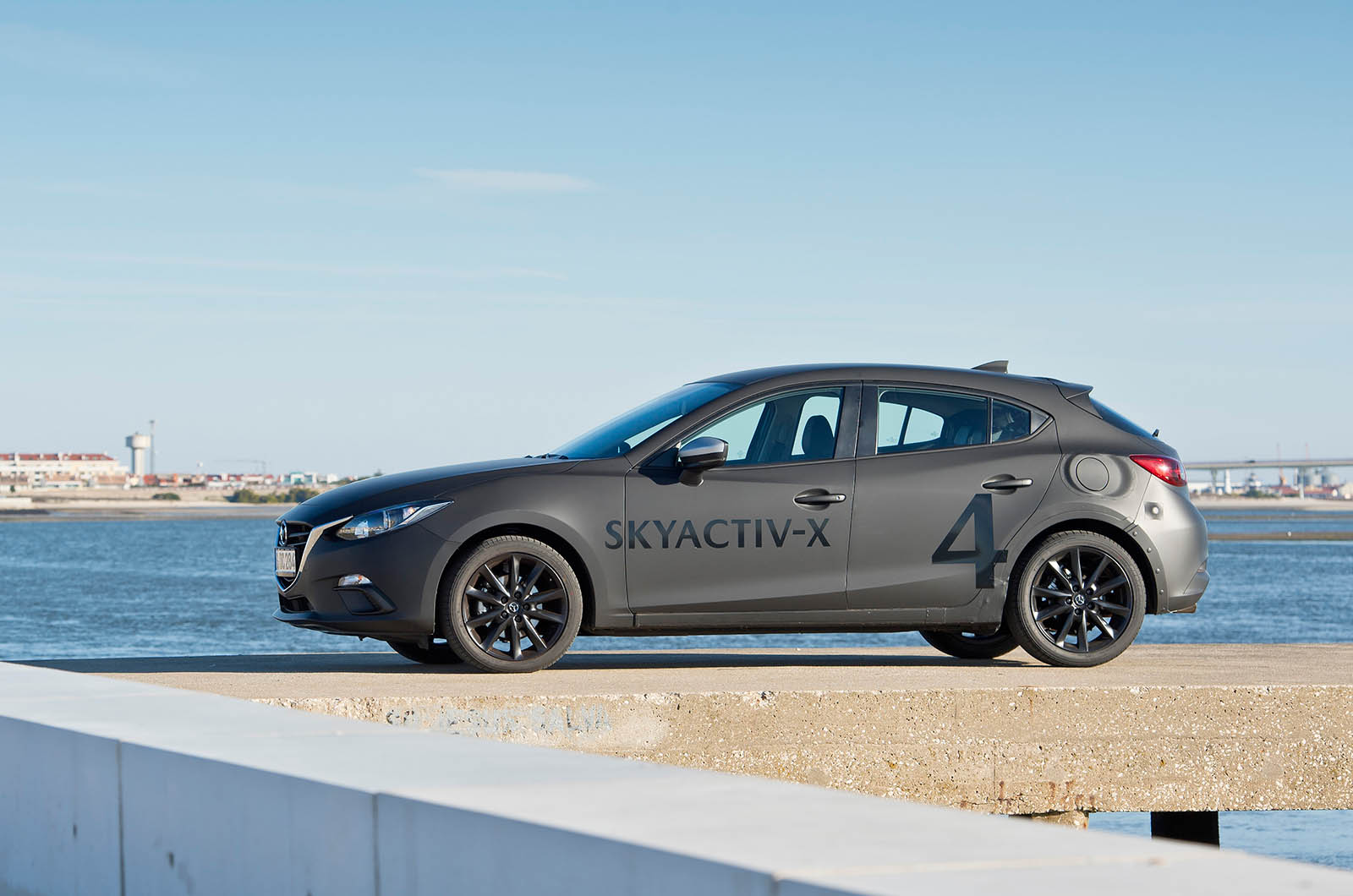
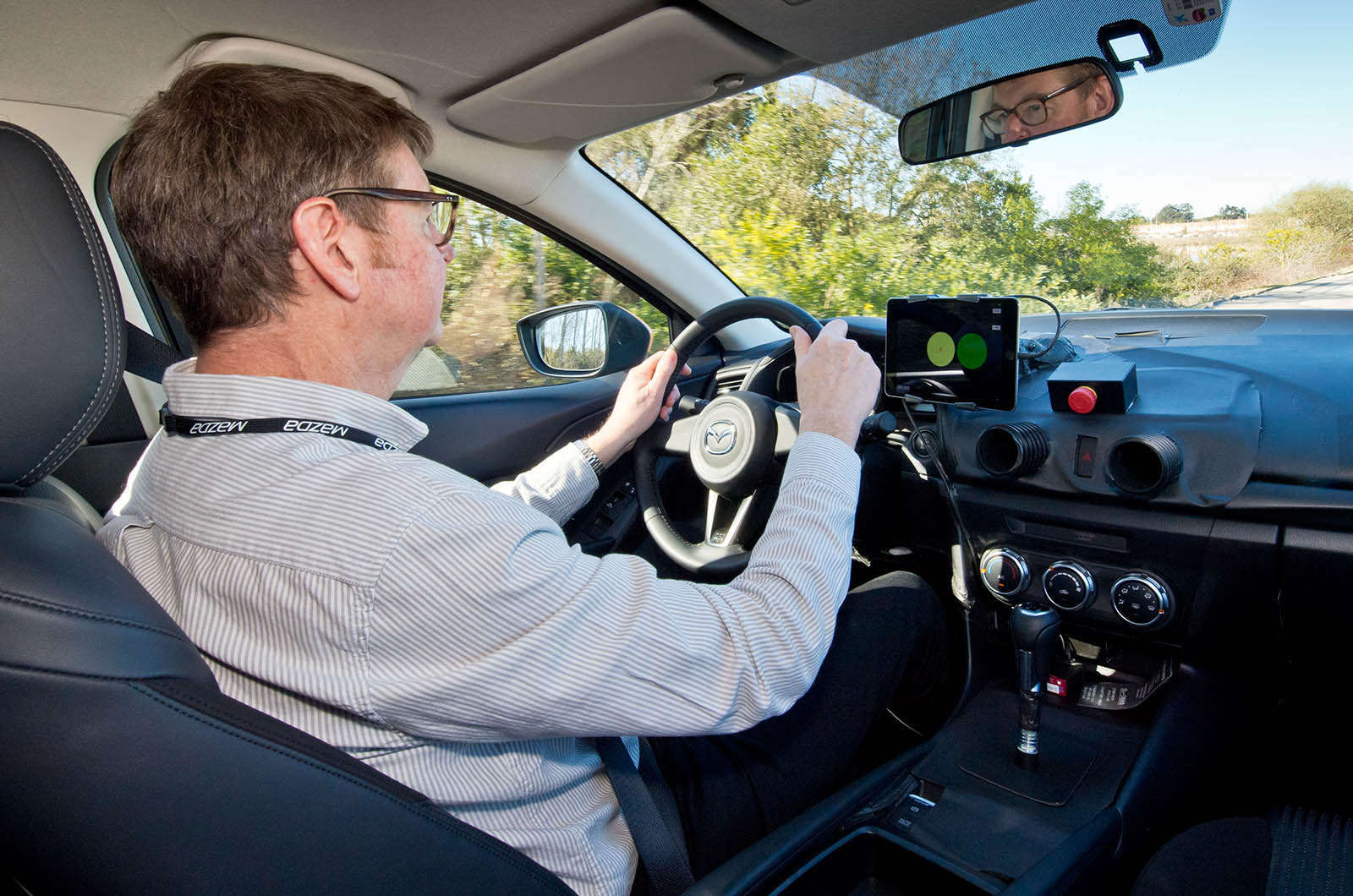

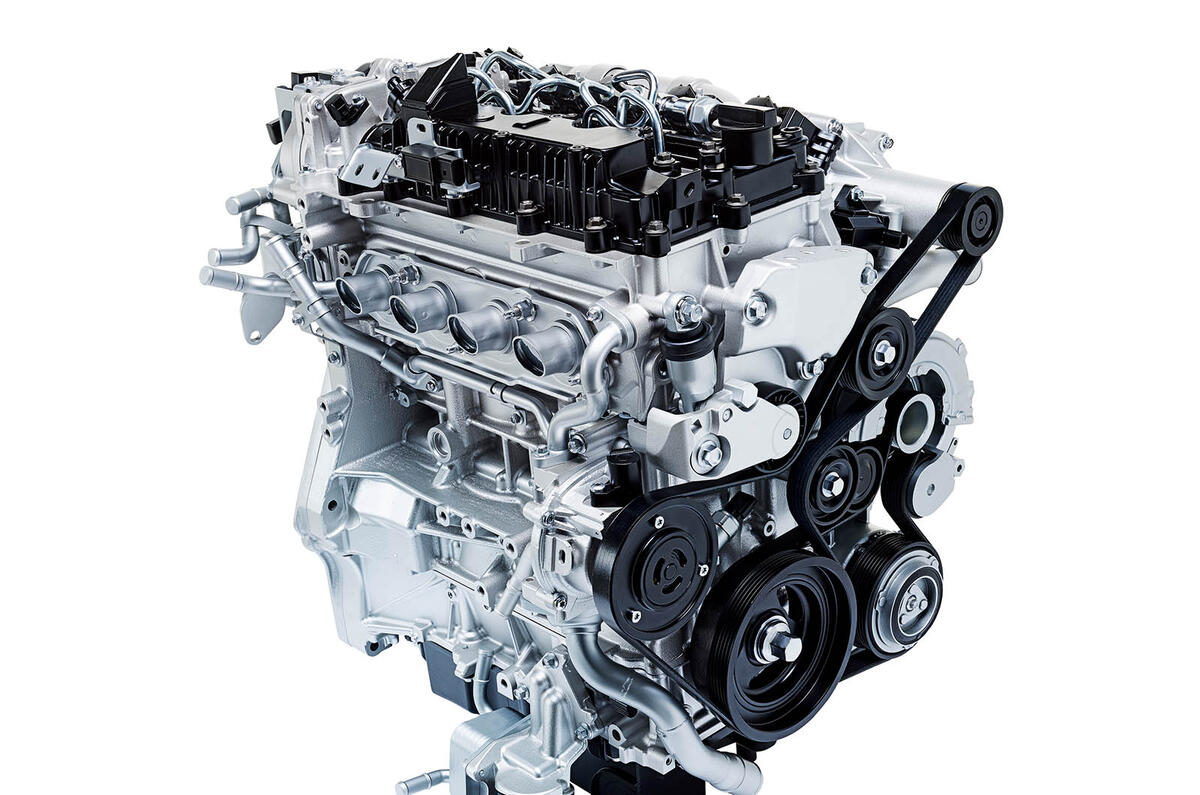

The Skyactiv-X technology successfully sidesteps those problems with spark-controlled compression ignition (SPCCI), which reliably ignites the entire lean air/fuel mixture of between 30:1 and 40:1 in one go. Extra air to feed the lean burn running is supplied by a small, belt-driven, Rootes-type air pump.
A higher-than-normal compression ratio of 16:1 produces almost enough pressure to combust the lean fuel-air mixture spontaneously, but not quite. That happens when a second dose of fuel is injected and fired by a spark to create a mini fireball. The extra pressure created by the fireball tips the simmering main charge over the edge and it ignites.

The engine can run in this mode throughout a large part of the operating range but, when the driver accelerates very hard, the engine switches to a conventional mode burning a spark-ignited 14.7:1 air fuel mixture like any other petrol internal combustion engine.
SPCCI is an evolution of a concept called HCCI (homogeneous charge compression ignition), which a number of manufacturers tried but failed to perfect more than a decade ago. The main problem was switching between HCCI mode and conventional mode, now solved by Mazda with SPCCI.

The new Skyactiv vehicle architecture is lighter to improve energy efficiency. It is also aimed at improving driver control by giving a smoother ride by reducing road shocks into the cabin. A stiffer structure using more lightweight steel components helps improve handling and ride, and the introduction of thimble-sized structures called ‘damping nodes’ at crucial joints reduces noise and vibration in the cabin.
This engine’s recent reveal was accompanied by a second look at the Kai concept first shown at the Tokyo motor show last year. The Kai’s clean lines are designed to exploit the light falling on the car’s surfaces and hint at how the next Mazda 3, based on the Skyactiv architecture, could look.
The Skyactiv-X engine has been substantially improved since Autocar tried an early prototype last year.
Driven back to back with a current Mazda 3 on a variety of Portuguese roads in both manual and automatic form, the prototype proved surprisingly refined. There was an absence of combustion noise and, if anything, the engine was smoother and quieter than the production Mazda 3.

Engineers say the new architecture contributes to the smooth drive with improved isolation from powertrain and road noise.


A screen displayed three green discs to indicate which mode the engine was running in – conventional, lean burn mode or ultra-lean mode. Lean mode was achievable most of the time on both motorways and country roads, and the engine would quite often switch to the most frugal, ultra-lean mode when cruising at a steady speed.
When it goes on sale, the new engine will be subject to the new WLTP test cycle so quoted figures should give an accurate indication of what buyers can expect in terms of economy and CO2 emissions.
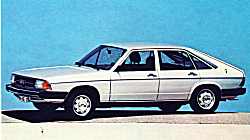
No comments:
Post a Comment